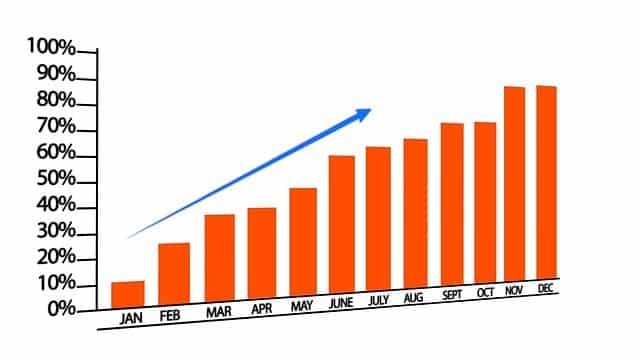Charge Graphic Design Clients Enough
I don’t know how many of you went to graphic design school, but there are a lot of things they don’t teach you while you’re there. There are also a lot of things that you may not pick up on while your working in-house or working in internship. One of the biggest questions graphic designers have is how much to charge their clients for their services. How do you charge for graphic design work? How do you determine your pricing? There are several things that you should consider when determining what you’re going to charge your graphic design clients.
Living expenses
The first thing that you need to do, is sit down and look at all of your living expenses. Add up all of your expenses without leaving anything out. Expenses would include your mortgage or rent, utilities, car insurance, health insurance, groceries, cell phone, many other expenses you may have. Extras would include gym memberships, subscription services such as magazines or the newspaper and anything else that you can think of. After adding up all of your expenses, you will need to add another 25%. The reason that you want to do this, is because you don’t want to scrape by with the least amount of money you could possibly have. Adding 25% will allow you to save some personal money for incidentals. This would include repairs on your home or vehicle, or medical expenses from sudden illness. You never want to just get by on the least amount possible. Give yourself some wiggle room.
Business expenses
You’ll need to factor in business expenses into your pricing as well. If you have services that you use to make your job easier, you’ll need to keep paying for those services. For example, I use a premium Dropbox account for all of my business files. I also use services like HootSuite for social media marketing. If you run a website, there are hosting services, charges for using a CDN, and the yearly cost of your domain name.
You will want to factor these into your pricing because you will want to cover these expenses while still making a profit. Anything that you use for your business, such as office supplies or anything else related to your business should be factored into your pricing.
Look at Competitors
It’s a good idea to get a sense of what your competitors are charging for the same services. The last thing you want to do is price yourself right out of the market. If you’re charging double and triple the price your competitors are charging, you won’t have much business. It’s best to undercut your competitors slightly if possible. Staying competitive is important, but you don’t want to de-value of the services you are providing.
You’ll also want to look at things such as your regional average, to help you stay competitive. On a side note, looking at your competitors can also enable you to look at what they provide, so you might offer something they don’t. You’d be surprised at how offering a little extra here of there can sway potential business prospects in your favor.
Your level of expertise
Your level of expertise and prowess should determine the pricing of a project. If you’re an expert with a decade of experience, you should be charging more than if you were just starting out. Knowledge and experience means that your services should be better than someone without experience.
Jacob Cass has this to say about determining your pricing:
“Your prices will affect your own outlook on your services and it will also impact your client’s opinion of your services.”
Taxes
The thing that everyone dreads, taxes are unavoidable, and you should factor them into your charges as well. Depending on what type of business you’re running, you’ll pay a certain amount of taxes. A good idea is to factor in another 20-25% for taxes, too.
The Type of Project
A big debate is whether to charge by the hour or flat rates. For smaller projects, you may bill by the hour. For larger projects, you may charge a lump sum. You may charge for certain services in brackets or ranges. For example, if you provide SEO services, your base fee may be $500 for 5-10 pages of a website. However, 15- 20 pages may be $1000. The same idea goes for the size of a website. If you’re building a small website for a client with 5 pages, it’s going to cost much less than a medium sized website with 25 pages.
Package Bundles
If you work with a lot of similar clients, you might consider putting together a bundle of services as a package. This can help you land larger projects, because you’ll be handling everything that is needed.
Here is a sample scenario of services priced individually, and then put together as a package. Let’s say you charge $500 for a logo, $500 for SEO services, $2000 for a new small business website, $250 for a tri-fold brochure, $100 for a business card design, and $150 for a letterhead design. You might bundle all of those together, so that the total cost is $3000, and call it a new business starter package. That is a savings to the client of $500, but you are more likely to land that client’s who project, because they would rather work with one designer for the entirety of the project.
Conclusion
These are all things that you should consider when determining your prices. You have to cover your living expenses, business expenses, healthcare, taxes, and incidentals. I know it sounds scary to add all of that up, but it is necessary in order to ensure that you can keep your bills paid and have a little savings for rainy days. I could write a book on just this subject alone, so I am sure you have questions. Feel free to post them in the comments section below. Be sure to keep all of these factors in mind when determining how much to charge graphic design clients.







Thanks for writing this article. Great insight for everyone in our craft.
Great article and very helpful!